This is our introduction to Power Meters. The first in a series of articles to help you understand how they work and how you can benefit from them. In this first article we have tried to bring together all the key questions you have into one place. We will be following up with more information including some in-depth reviews of some of the latest power meters on the market. So, power meters explained and the burning question are bike power meters worth it?
What is a Cycling Power Meter?
Starting with the basics and what is a bike power meter? A power meter is a device fitted to a bike that measures the power output of the rider. They work using strain gauges that measure the force being applied. By measuring the torque and combining it with angular velocity, power (measured in watts) can be calculated. Phew that was pretty heavy! In order to continue to improve your cycling performance then a power meter is the best tool to measure the effectiveness of your workouts.
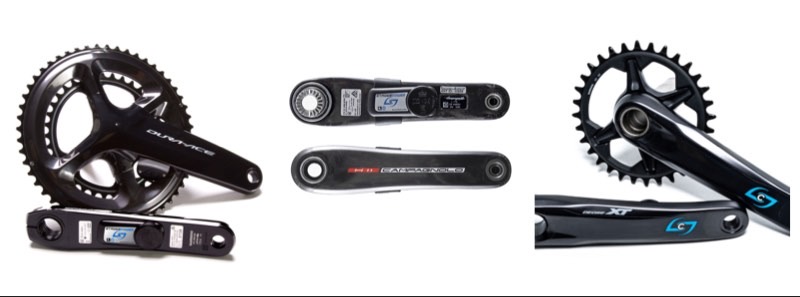
They are a complicated beast. And for all but the most experienced of cyclists it is daunting to know where to start. We are here to help. There are a number of types that we will go onto explain and a range of budgets. Power Meters are the next excuse you need for spending money on your bike.
What does a bike power meter measure?
How does a bike power meter work? What information will it give you and how can you use this. Power meters measure the force that is applied during pedalling. This force applied is then converted into power, which is the rate of energy use.
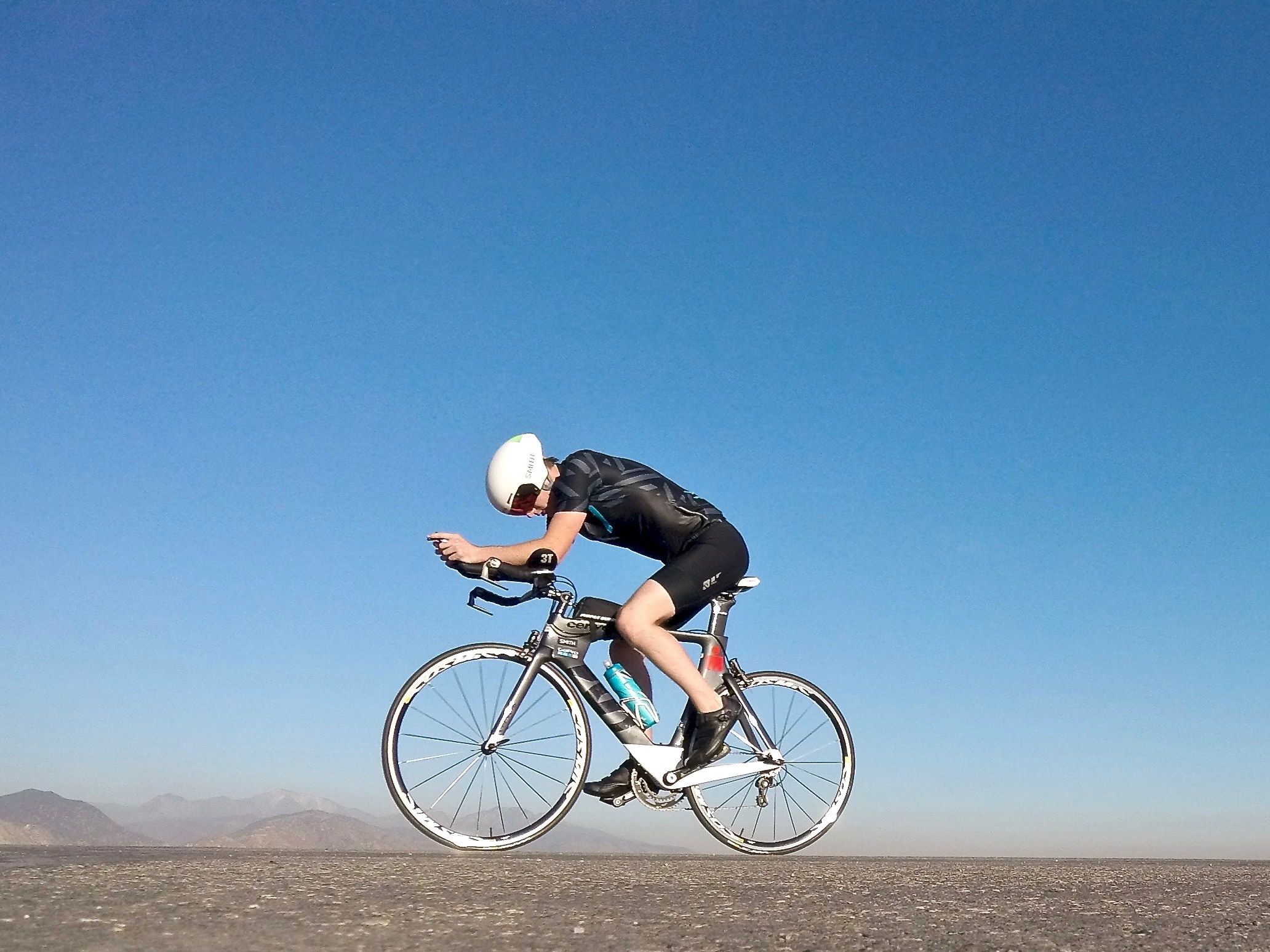
Excusing the Science and Maths here but it is hard to explain power meters without it. Watts are the energy that is used to move a mass a certain distance in a known time period. 1W = 1Nm/s. This means to move one Newton one metre in one second uses one watt of energy.
Measuring power is useful because it calculates how hard you are riding without being affected by environmental factors. This has many advantages over other measurements such as speed or heart rate.
Different power meters take the measurement at different locations on the bike. Where the power is measured can have an impact on the value of power that is measured. For example, if power is measured at the pedals, it is a direct measurement of the power you are putting into the bike. However, if you are measuring power at the wheel from a Hub power meter it will read a little lower because energy is lost in the drive chain. The difference between measuring at the pedals and the wheel is usually between 3% and 5%. Little difference in reality for most cyclists.
Why is power output more important than speed, cadence or heart rate?
Power is unaffected by external factors such as wind, hills and temperature. These environmental conditions can result in changing speed or heart rate even if you don’t change how hard you are working. Power is therefore a consistent metric that can be used to set the intensity of training sessions. By combining this with time you can measure training “difficulty” in an objective and consistent way.
Training for any endurance sport is based on progressive overload of your body. This overload results in your body having to over-compensate to the stresses imposed on it and get fitter for the type of activity. By using power to calculate the work done in a given session is a direct measure of how much work you have done. If you try to measure training using distance as an alternative, there is no account for weather, hills or wind. Equally if you completed it carrying additional weight the distance ignores this. The same argument equally applies to hours spent training for all the same reasons.
Heart rate takes account of how hard you are working but doesn’t account for the variability in the same way that power does. If your rides are of constant effort with few changes in environmental conditions then heart rate is almost as effective as power. However, heart rate is subject to physiological factors such as heat, levels of hydration, stress/anxiety and fatigue. If you are particularly tired your heart rate won’t go up as much as if you are rested. Measuring heart rate and power is the best way to get a complete picture.
What are the different types of power meter?
With so many types of cycling power meters understanding the mechanics of them is useful. Each type varies in how hard it can be to install and maintain. Equally they vary in terms of portability between bikes if you wanted to switch a power meter between bikes.
Rear wheel hub power meters
Measuring the power applied to the rear wheel is one the most accurate locations to measure power. It is however, subject to reductions in accuracy from both the chain and sprocket absorbing power, causing measurements to be slightly lower. The strain gauge used is built inside the rear hub and measures power through the drive chain. It has to be said that hub-based power meters are an established power meter location and generating trusted outputs to cyclists of all levels.
Advantages of hub based power meters
Lower price than some alternatives
Gives you measurement across both legs
Simple to install if you buy a wheelset with it built it slot it straight onto your bike and go
Simple to switch wheels with the hub installed between bikes
Less compatibility concerns than other options
Disadvantages of hub based power meters
If you want a hub power meter fitted to existing wheelset pretty complex and probably a job for the local bike shop.
Minor reduction in direct measurement of power compared to others
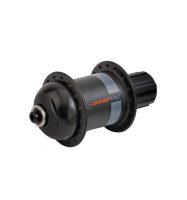
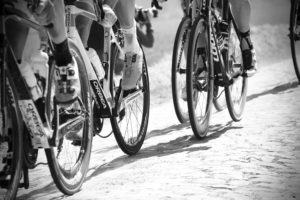
Pedal power meters
Essentially measuring the power applied to the pedal or pedals. Pretty quick way of transforming any bike to one fitted with a power meter. Each pedal can be equipped with its own power meter. This allows independent measurements of the right and left leg resulting in discovery of any leg bias. The pedals are built with the strain gauges inside the pedal itself. Of all the power meter types, pedal-based systems are perhaps the most simple in terms of compatibility and installation. Across all the types we are describing Pedal based power meters continue to be the most popular in terms of overall sales.
Advantages of pedal based power meters
Easy installation and pedals
Pedals can be quickly moved between bikes
Compatible with almost any bike
You can measure each leg’s power independently (dual-sided pedals system)
Disadvantages of pedal based power meters
You must use the cleat system that is specific to your power meter.
Speedplay pedals are not available so if you currently use Speedplay cleats you will need to change
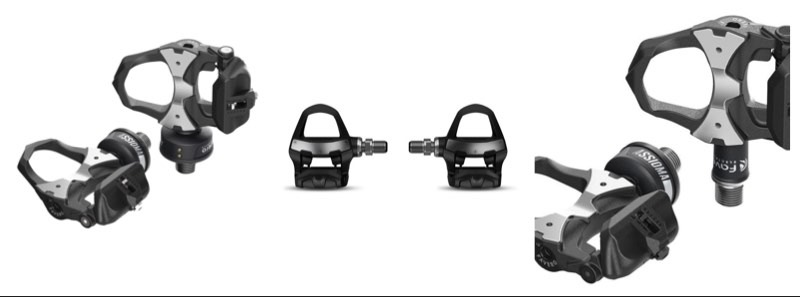
Chain ring bike power meters
They measure the power applied to the front sprocket or chain ring. Torque is measured using a strain gauge positioned inside the crank spider. By being so close to the power source, your legs, they are very accurate. They’re not terribly easy to swap between different bikes which can be a factor for those with high n+1 bike numbers. It can also make it impossible to accurately differentiate between power from your legs. These units require specific chainsets and can add between 50 to 250 grams to a crankset weight. One of the first types of power meter designed and hugely popular
Advantages of Chain Ring Power meters
Proven, reliable and accurate.
Popular on the professional circuit
No need to change pedals, shoes or wheels to use one
Disadvantages of Chain Ring power meters
Can be the most expensive type of power meter
Not easy to install so might mean a trip to your local bike shop to fit
Not very portable to switch between bikes
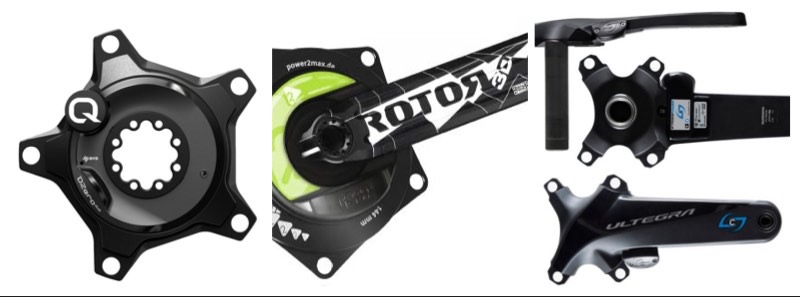
Bottom Bracket power meters
Measuring power from the bottom bracket. This can be accurate and low maintenance. Installing such a power meter can be difficult and important to ensure that your bike and groupset is compatible. A bottom bracket power meter can require replacement of the crankset depending on the type. Bottom bracket-based power meters measure torque inside of the axle.
Advantages of Bottom Bracket Power meters
The axle-based design means components are safe from impact, dirt and water
There is a high likelihood of compatibility with your bike
Likely more affordable than some other types of bike power meter
Disadvantages of Bottom Bracket power meters
Some bottom brackets can only measure one side power. Make sure you check before you buy.
Check on any compatibility with Chainset and cranks as all of the system needs to work together to avoid some serious disappointment
Crank Arm power meters
Measuring power from the crank arm is very popular because of its flexibility, accuracy and ease of installation. It is one of the most popular designs for manufacturers with a range available. There are left-only crank arms that measure power purely from your left leg. Alternatively complete cranksets that can measure left and right leg power which we have covered above under the chain ring based solutions. For crank arms we will focus on single left side only units here.
Advantages of Crank Arm Power meters
Cheapest route into a bike power meter
Loads of choice with so many manufacturers offering crank arm power meters
Easy to install and relatively portable between bikes
Light adding less than 25 grams to the crank arm overall weight
Disadvantages of Crank Arm power meters
Single leg results so won’t help you ascertain any leg bias
Some units are not compatible with frames so you need to check you have enough clearance from the frame
How to use a bike power meter
With so much data now at your finger tips how do you use this in your training? To help you get value from training with a power meter we have explained how to use the data it provides. It also should help with any cycling chat at club sessions and avoid you looking like a rabbit in the headlights!
Functional Threshold Power (FTP)
This is your highest sustainable power output for 60 minutes. It is a key piece of information for understanding your training zones and moving to power based training. To find out what yours is when you have your power meter installed try the following routine:
Warm up for between 15 and 20 minutes to get the blood flow and muscles loose. Then go all in for 20 minutes with maximum effort in a time trial style activity. When you have completed this multiply the average of this 20 minute burst by 95%. This will give you a good baseline for your FTP.
FTP can then be used for all your training. The zones expressed as a percentage of FTP. Effective structured training prescribes interval efforts according to your zones, and zones also help enforce real recovery rides.
Average vs. Normalized Power
Average power is straight forward enough. This is your average power output over the duration of a ride. Normalized power is a more accurate representation of how physiologically hard your ride was compared to average power. It uses an algorithm that adjusts for times when you’re either not pedaling or putting out much more power than average.
Intensity Factor (IF)
Intensity Factor is a simple measurement of how intense your workout was. To get the IF score you need some of the other data described above. Divide your normalized power by your FTP, then multiply by 100. This gives you a percentage score that is your intensity factor (IF).
Efficiency Factor
Efficiency Factor uses both your power meter and your heart rate monitor. The EF is your normalized power from the power meter divided by your average heart rate. This gives an answer to how your aerobic fitness is improving. An improving efficiency factor means you have improved aerobic fitness and able to generate more watts at the same heart rate.
What is a good average watts cycling using a power meter?
Watts measure how hard you work. A professional cyclist can produce between 200 and 300 watts on average during a four-hour tour stage. Your average recreational cyclist is unlikely to manage this for more than 30 to 60 minutes. For men and women the average power number is likely to vary but this doesn’t mean men will be quicker than women.
The reality is that a good average watts number is linked to bodyweight to understand what this means for your cycling.
If like me you are an 80kg man having an average watt result of 150 is not as good as a 60kg woman (or man) with the same score. My average watts are having to drag around an extra 20kg on my bike. Result is likely reduced speed. Answer. Put down that cake.
So what you are really trying to find is what is your power to weight ratio and how does that compare. Especially relevant if you train and race on hill based courses. This means it is important to ascertain your power to weight ratio usually measured in watts per kilogram. To work this out divide your average power by your weight.
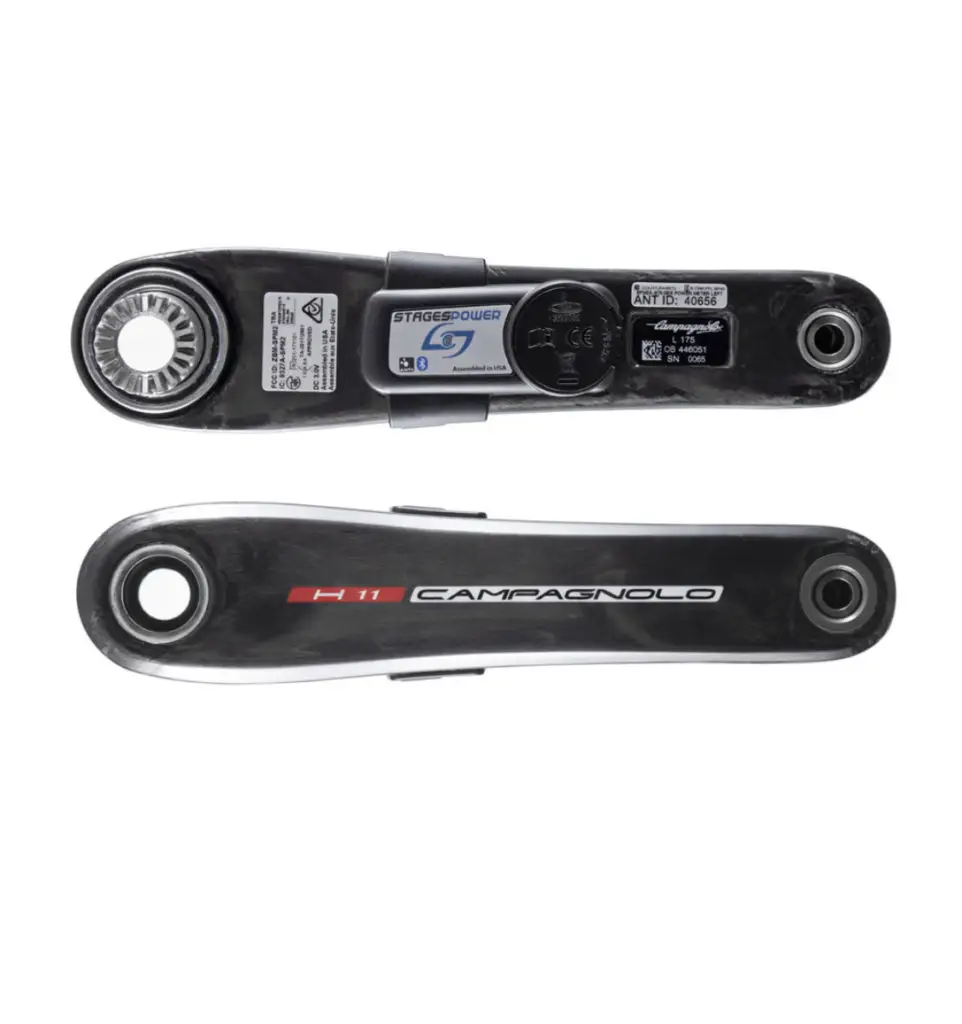

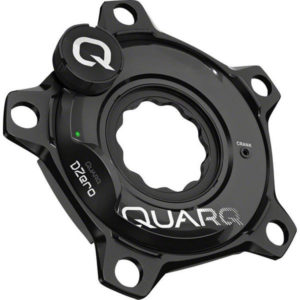
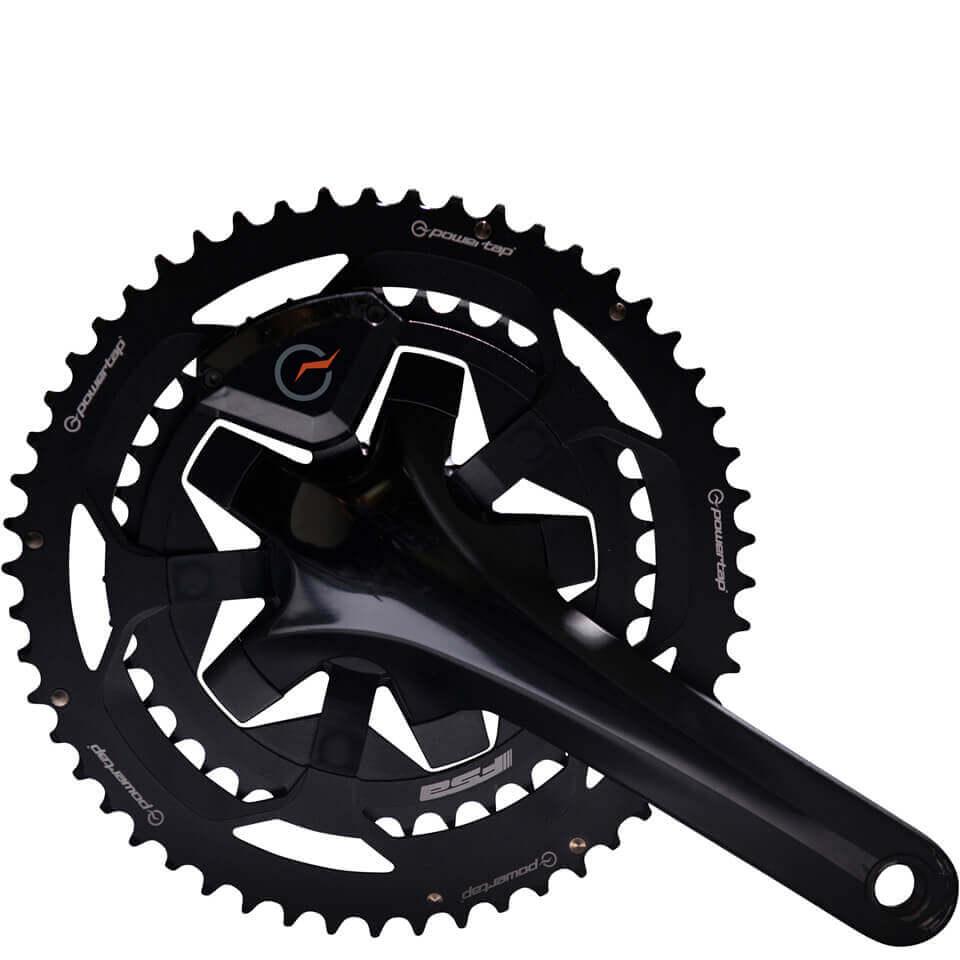
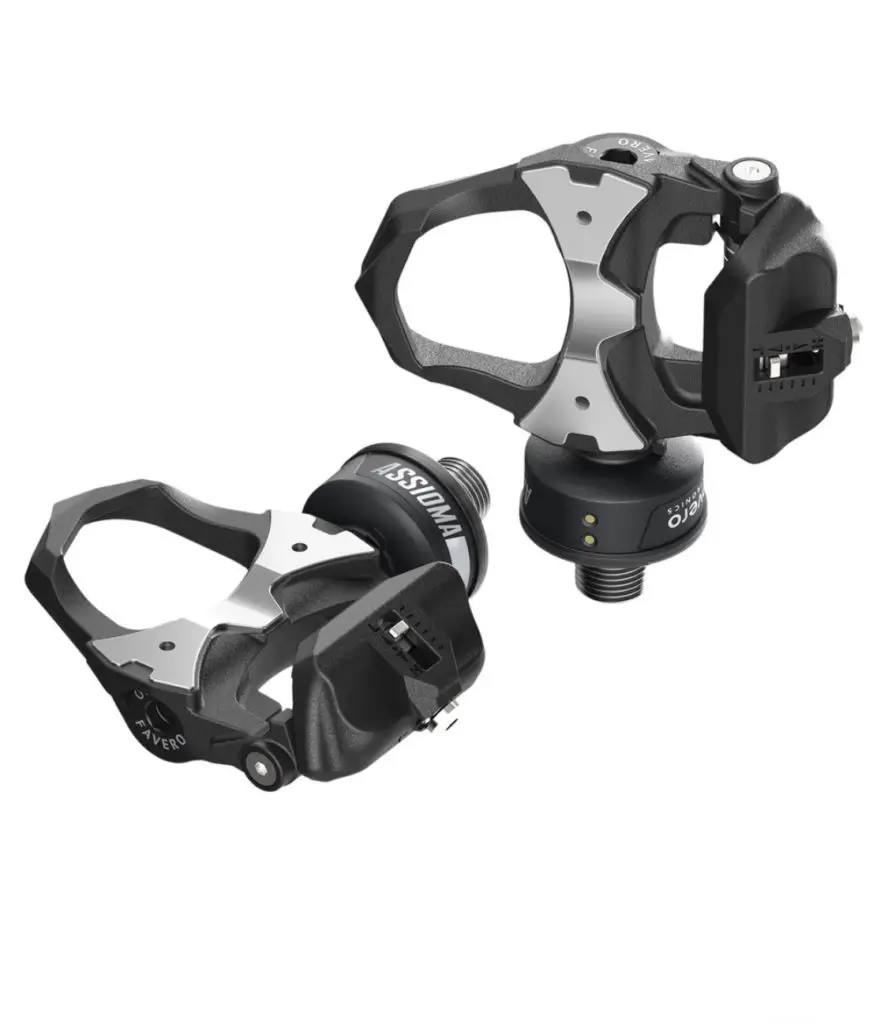
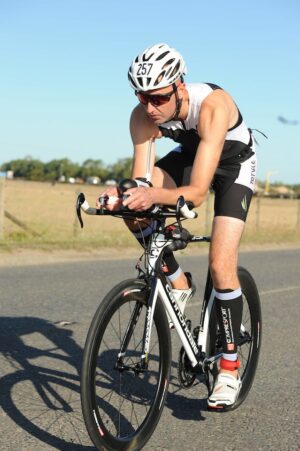
Using me as a guinea pig on this. I’m 80kg and have an average power output of 160 watts (roughly and makes the numbers easier!). So my average power-to-weight ratio is 2 watts per kilogram. It is more common to compare maximum power to weight ratio so exchange the average here for you FTP result. My FTP is roughly 240 watts so my maximum power-to-weight ratio is 3 watts per kg.
So how do my numbers and others compare? What is a good power-to-weight ratio for a cyclist? The answer as you would probably guess varies. Cycling weekly reported that over a sustained period a professional cyclist would be around 6.0, while an amateur cyclist would be around 3.0 with recreational cyclists around 1.8. Bicycling magazine reports broadly the same numbers but has provided male and female results. 2.5 to 3.2 for men and 2.1 to 2.8 for amateur cyclists.
Power Meter Compatibility / Connectivity
Most bike power meters transmit data using an ANT+ interface. ANT+ is wireless technology that allows devices such as power meters to talk to recording devices such as watches or bike computers. A more recent standard that has emerged is to also offer Bluetooth for connectivity. This gives power meters connectivity to smart phones or laptops and manage firmware updates to the device.
So, when buying a power meter check for which wireless technology it uses and for this to be compatible with your watch or bike computer. Once you are connected you can use the data collected for your training with Strava, Garmin Connect, etc.
Top 5 reasons why you should use a power meter
1. Make your training count
For nearly all those time starved triathletes out there making the most of training is vital. A power meter can be a God send to give you real time feedback on you rides and help you track progress. If you are trying to follow a structured programme with little time you can’t afford wasted miles. A power meter eliminates those. There is no place to hide!
2. Track improvements in Fitness
Power meters provide accurate details about how your fitness is changing. With the wealth of data we have outlined above you can monitor your fitness in numbers. Measuring both your maximum and average power results allows you to compare performance throughout the season.

3. Improve Motivation
More relevant now than ever. Something often overlooked is the motivation that can come from feedback. A power meter gives you instant information that is reliable and as outlined above not impacted by external factors. Anything that encourages you to get on your bike and ride is well worthwhile.
4. Accurate performance data you can use
A power meter removes the uncertainty in your performance and fitness improvements (or the dreaded reverse). Without a power meter each ride can only be measured on less reliable metrics such as speed or heart rate. As we have outlined these are subject to being inaccurate.
5. Know your Strengths and Weaknesses
Are you better at short intense rides or longer tough climbs? Have you been a king of the mountains all this time but battling it out on the time trial circuit. A power meter allows you to understand where your strengths and weaknesses are and use this data. Improve on your weaknesses and build on your strengths.
How much do power meters cost?
Answering the question of are bike power meters worth it has to consider the underlying costs of buying one. So how much do they cost? Price varies significantly as in all things with bikes. Starting prices for a crank arm based power meter are around £200 but you can easily spend up to £1000 on a full chainset based one. Again costs will vary depending on single or double sided meters which obviously impacts your budget. Costs can be managed if you are already considering some upgrades. Changing your pedals anyway? Then some of the costs of a pedal based power meter are already covered.
Top 3 Power Meters to Buy
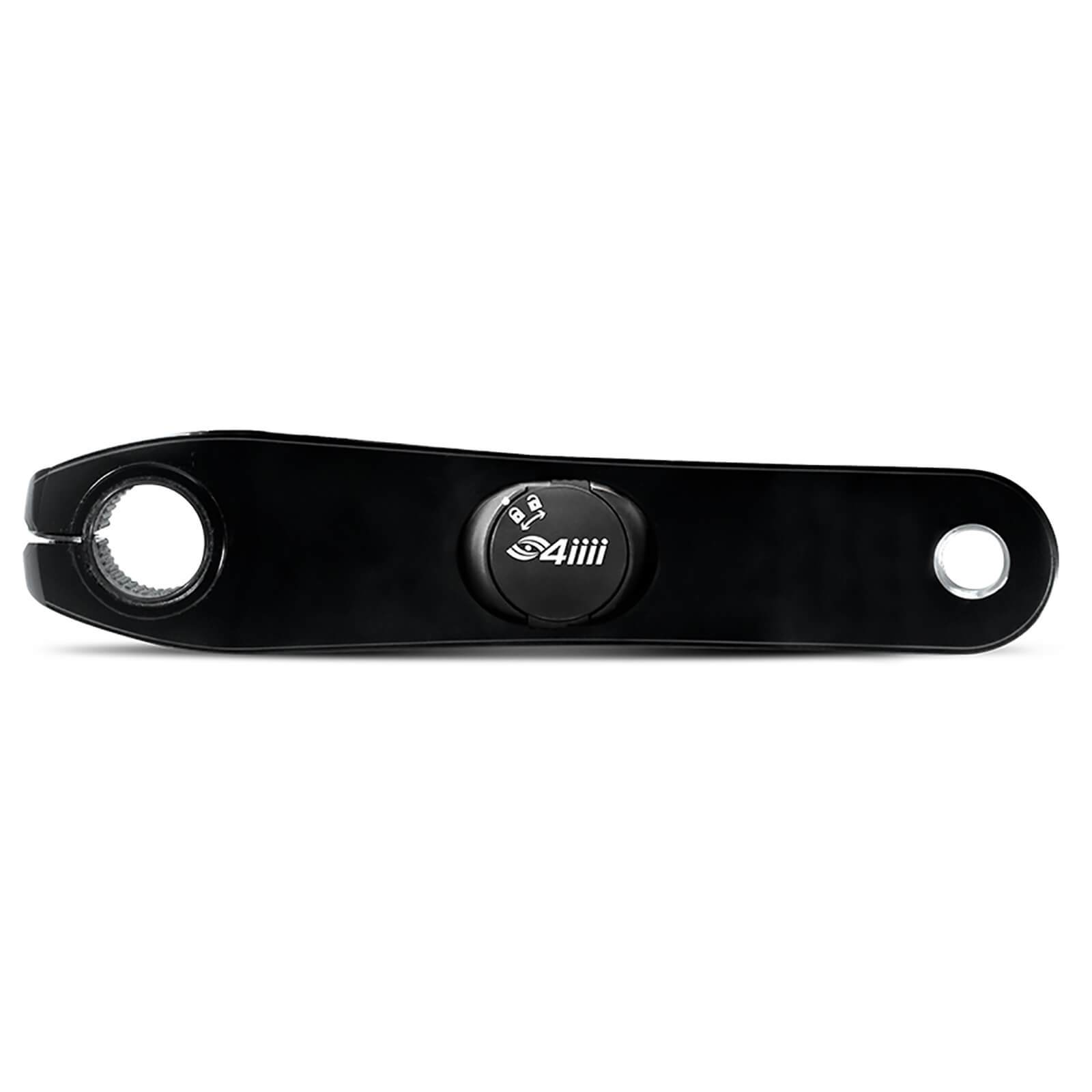
4iiii Precision 2.0 Power Meter 105 R7000
Single crank arm power meter. Current preferred choice of the British Triathlon Association and fitted to all the GB athletes bikes.
£299 – Use code TRIVELO20 to get 20% off using our exclusive benefit to Trivelo readers

PowerTap C1 Chainring power meter
The C1 chainring from PowerTap is a full featured, crank-based power meter that features dual-sided measurement.
£451.99 – Use code TRIVELO12 to get 12% off using our exclusive benefit to Trivelo readers
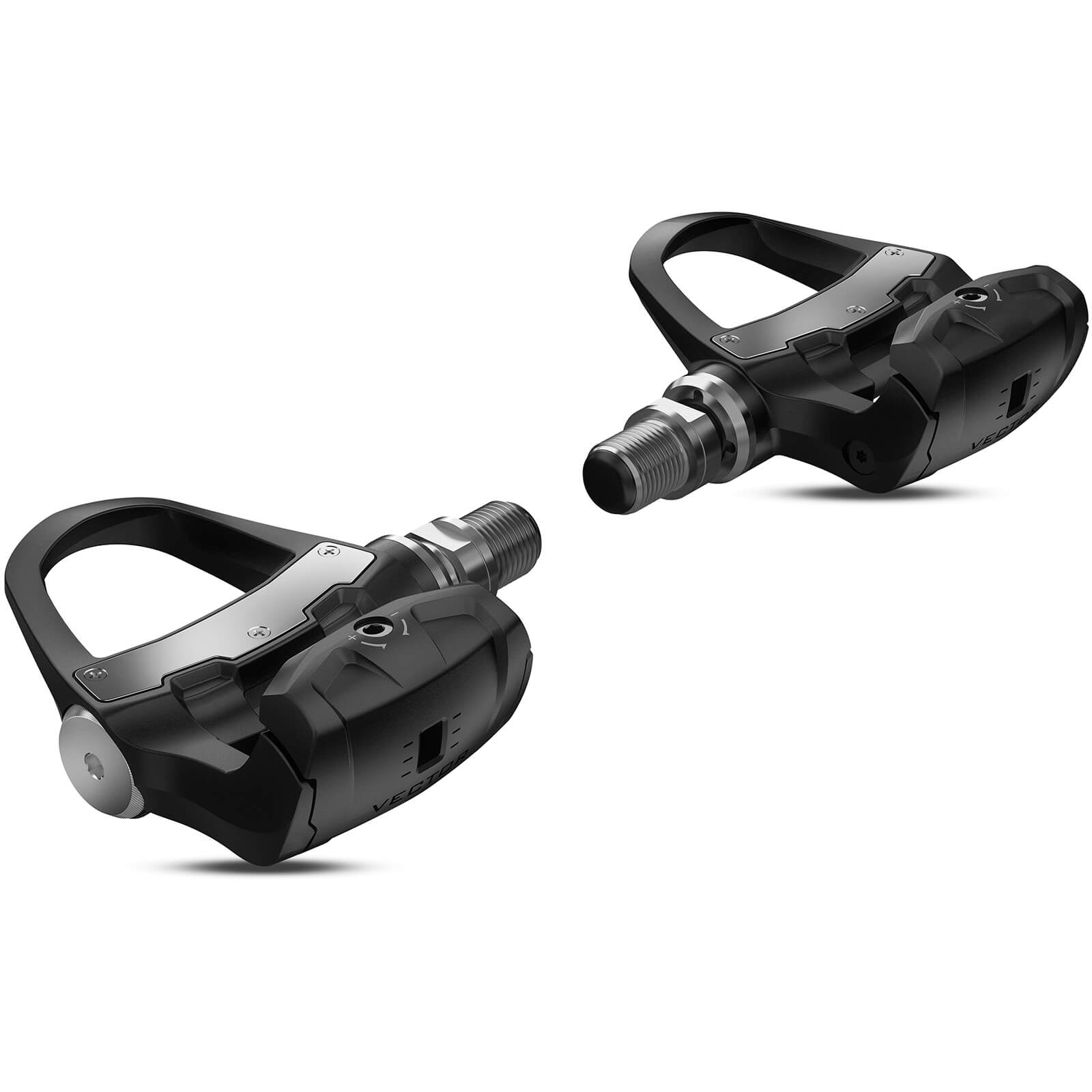
Garmin Vector 3 double sided pedals power meter
The Garmin Vector 3 is the latest version of Garmin’s popular power meter pedals. A premium option for power meter results.
£748.99 – Use code TRIVELO12 to get 12% off using our exclusive benefit to Trivelo readers
Check our recent blog with 5 of the best turbo trainers helping you ensure continued effective training. A number of discount codes where we have them.
If you are out and about on your bike check out our review of the Proviz REFLECT360 jacket. Fab piece of kit.

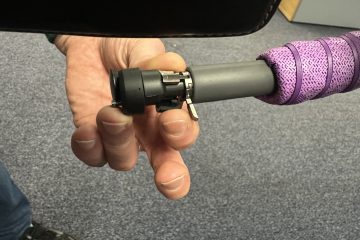
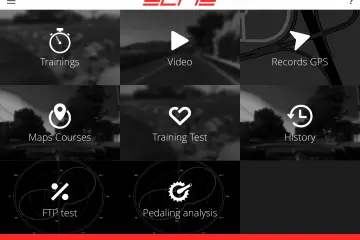
7 Comments
Wattbike Atom Review - how to train using the Wattbike Atom - Trivelo · 21/02/2023 at 4:59 pm
[…] If data and watts are something you have an increasing interest in then check out our article on Power Meters and are they really worth your money. […]
Are power pedals worth it? - FAQGuide · 24/08/2022 at 4:54 pm
[…] Source: https://blog.trivelo.co.uk/are-bike-power-meters-worth-it/ […]
Beginners Guide to Triathlon FAQs - Trivelo · 05/02/2021 at 2:56 pm
[…] >>> Are Bike Power Meters Worth It? […]
5 Reasons Why You Need a Power Meter - REAL Athletes - TRUSTED Reviews · 18/09/2020 at 6:25 am
[…] power meters. This week we cover 5 reasons why you need a power meter. This follow our deep dive on Power meters and are they worth the investment. Here we cover purely the positives of why you should be investing in a bike power meter […]
Wattbike Atom Review - REAL Athletes - TRUSTED Reviews · 10/08/2020 at 12:52 pm
[…] If data and watts are something you have an increasing interest in then check out our article on Power Meters and are they really worth your money. […]
Garmin Vector 3 Power Pedal Review - REAL Athletes - TRUSTED Reviews · 10/08/2020 at 12:35 pm
[…] our full review of power meters and are they worth it for more […]
11 of The Best Carbon Belt Drive Bikes - REAL Athletes - TRUSTED Reviews · 03/08/2020 at 9:41 am
[…] more essential reading check out our article on power meters and are they worth it. A complete guide to types and information from power meters to help you train and race with […]
Comments are closed.